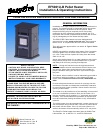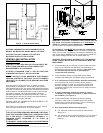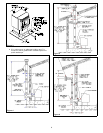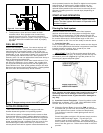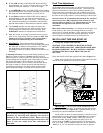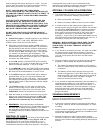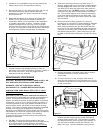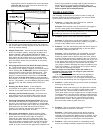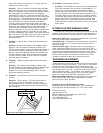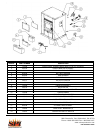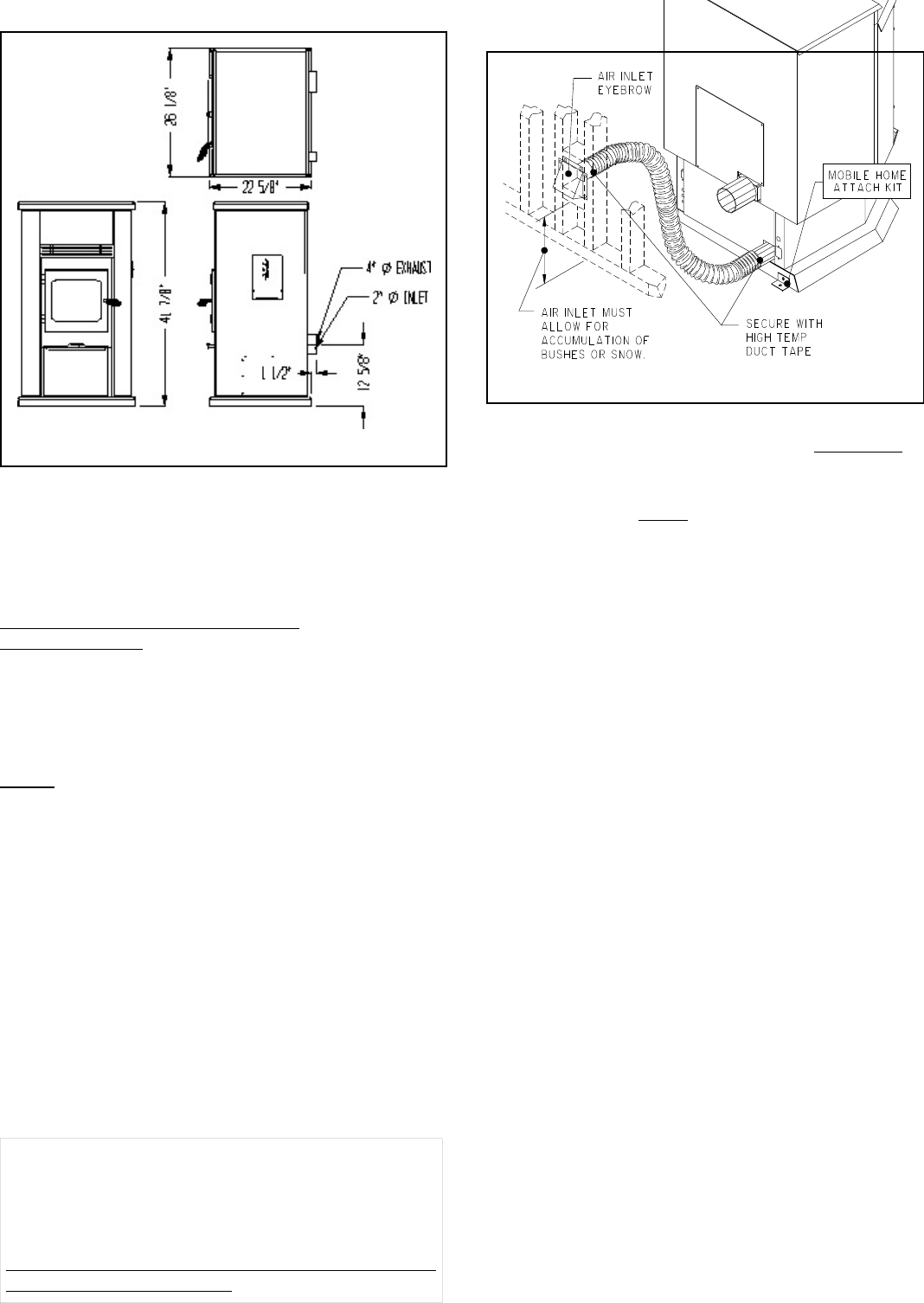
2
Figure 1 -Overall Dimensions
Figure 2
OUTSIDE COMBUSTION AIR IS MANDATORY IN
MOBILE OR MODULAR HOME INSTALLATIONS.
CAUTION: DO NOT CONNECT TO ANY AIR
DISTRIBUTION DUCT OR SYSTEM.
VENTING AND INSTALLATION
CLEARANCES
CONTACT LOCAL BUILDING OFFICIALS ABOUT RE-
STRICTIONS AND INSTALLATION INSPECTION
REQUIREMENTS IN YOUR AREA.
A LISTED, 4" MINIMUM TYPE "L" PELLET VENT PIPE
IS MANDATORY ON ALL INSTALLATIONS.
DO NOT INSTALL A FLUE DAMPER IN THE EXHAUST
VENTING SYSTEM OF THIS UNIT, DO NOT CONNECT
THIS UNIT TO A CHIMNEY FLUE SERVING ANOTHER
APPLIANCE.
Use only listed 4" minimum Type "L" pellet vent and
components for installation. The exhaust vent system
must be attached to the unit and to each adjoining section.
All joints for connector pipe shall be fastened with at least
three screws. If vented horizontally, joints shall be made
gas-tight by sealing with high temperature silicon or
material specified by vent pipe manufacturer. Failure to
use listed pellet vent pipe or install it per manufacturers
instructions will void your warranty.
INSTALL VENT AT CLEARANCES SPECIFIED BY THE
VENT MANUFACTURER
Vent Pipes’ inner and outer diameters may vary. Check
with vent pipe manufacturer for further details.
WARNING: Installation of a Mobile Home Attachment Kit
P/N 10412 and outside combustion air is mandatory in
mobile or modular home installations although it may
also be used in all residential applications.
An outside air inlet MUST be provided for combustion
and ventilation air. The air inlet must remain unrestricted
while unit is in use. Outside air connection is located in the
rear of the heater (Figure 2). Use conduit pipe or metal flex
pipe and/or fittings to make the air intake hook-up.
CAUTION: STRUCTURAL INTEGRITY OF THE MOBILE
HOME FLOOR, WALLS AND CEILING/ROOF MUST BE
MAINTAINED.
1. When deciding on the location of your heater and vent
pipe, try to minimize the alteration and reframing of
structural components of the building. Vent pipe must
be installed so that access is provided for
inspection and cleaning.
2. Avoid installing heater in high traffic areas. Keep
children well away from the heater when in operation.
3. A 3" clearance to combustibles must be maintained
for horizontal and vertical venting. When passing
through ceilings or walls, you must use a listed wall
thimble, making sure all combustible materials and
insulation products are a minimum of 3" away from the
pellet vent pipe.
4. A non-combustible hearth pad must be used if
installed on a carpet, wood floor or other combusti-
ble material (see Figure 3).
5. When installing the exhaust vent into an existing
chimney, a tee must be installed behind the heater
before going up into the chimney. This is necessary in
order to remove fly ash accumulation.
6. Exit termination (distance to openings):
a. 3 ft. minimum above any forced air inlet located
within 10 ft.
b. 4 ft. minimum below and horizontally or 1 ft. minimum
above any door, window or gravity air inlet into any
building.
PELLET HEATERS REQUIRE A MINIMUM 5' VERTICAL
RISE FOR PROPER OPERATION. ADDITIONAL RISE
OF 2' FOR EVERY 1' HORIZONTAL BEYOND 1 ½'.
MINIMUM DRAFT REQUIRED IS -.01 IN.WC. @
CONNECTION.
LOW DRAFT CONDITIONS RESULT IN OVERFEEDING
AND POOR COMBUSTION.



